Let the adventure begin!
My husband and I have always been drawn to beekeeping and tasting honey from different local apiaries. We dreamed of raising our own bees and enjoying honey from our own apiary. After a few years of talking about it, we finally decided to take a leap of faith and order some bees. We didn’t know much at first, but we knew that taking that first step would commit us to learning the next steps. We spent that winter reading books and magazines, watching YouTube videos, and talking to other local beekeepers. We tried to be as prepared as possible before our bees arrived. Now, after seven years of having our own apiary, we are continually learning. If you’re thinking about starting your own apiary, I highly encourage you to take that leap of faith as well.
When to Start Your Hive
Timing is everything in beekeeping. I didn’t realize when I started that there is an annual cycle for beekeeping. I thought you could start whenever you wanted. I quickly learned that the first step is to order your bees in the winter or early spring. Ordering bees that have been overwintered in a climate similar to your own can help them survive their first winter with you. There are many places to order bees from, and a quick Google search will bring up hundreds of shipping options. However, the best option is to check with your local or county beekeepers association to see if any local beekeepers have bees for sale. If you’re having your bees shipped, they will arrive in mid to late spring and be delivered to your local post office. I call ahead and give my post office a heads-up so they can contact me as soon as the bees arrive. You’ll need to pick them up and put them into their hive quickly.
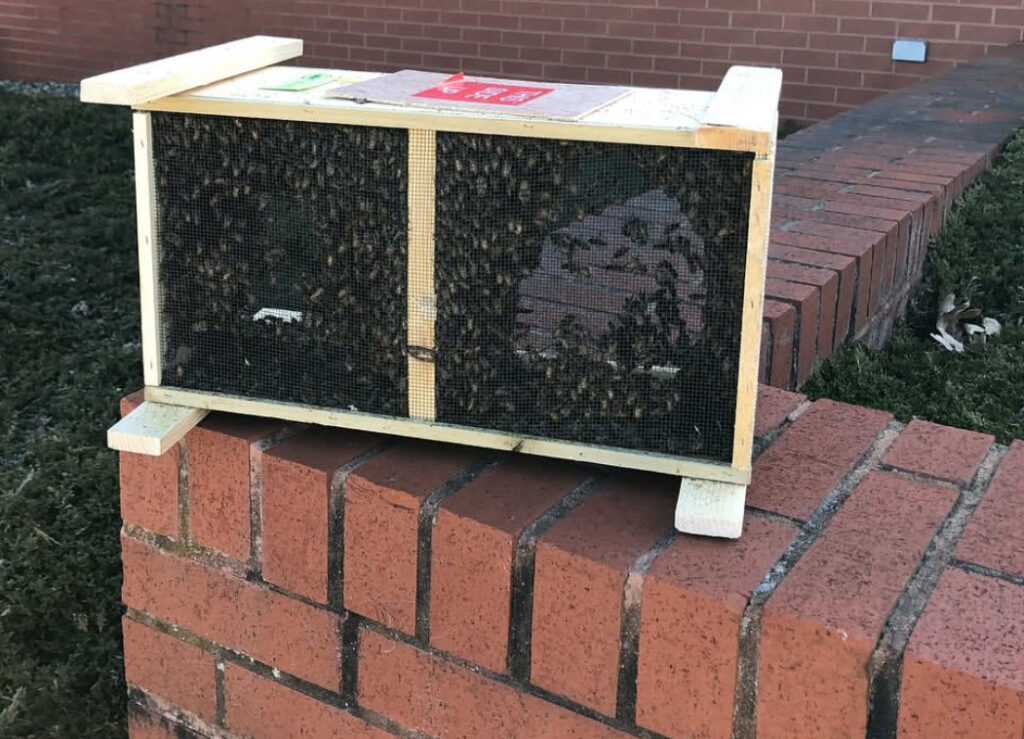
What You Need for Assembly
Once you’ve ordered your bees, you can concentrate on setting up their hive while you wait for spring to arrive. There were many questions I had when I started, like how many boxes do I need, what’s an inner cover, do I need deep boxes or medium boxes, what’s the difference between those boxes, what’s a honey super, how many frames do my boxes hold, what’s a frame…haha! Luckily, I have Lehman’s close to me, and they have a wonderful complete hive kit that has everything we need. It comes with all the boxes, frames, and other pieces you need for a successful hive.
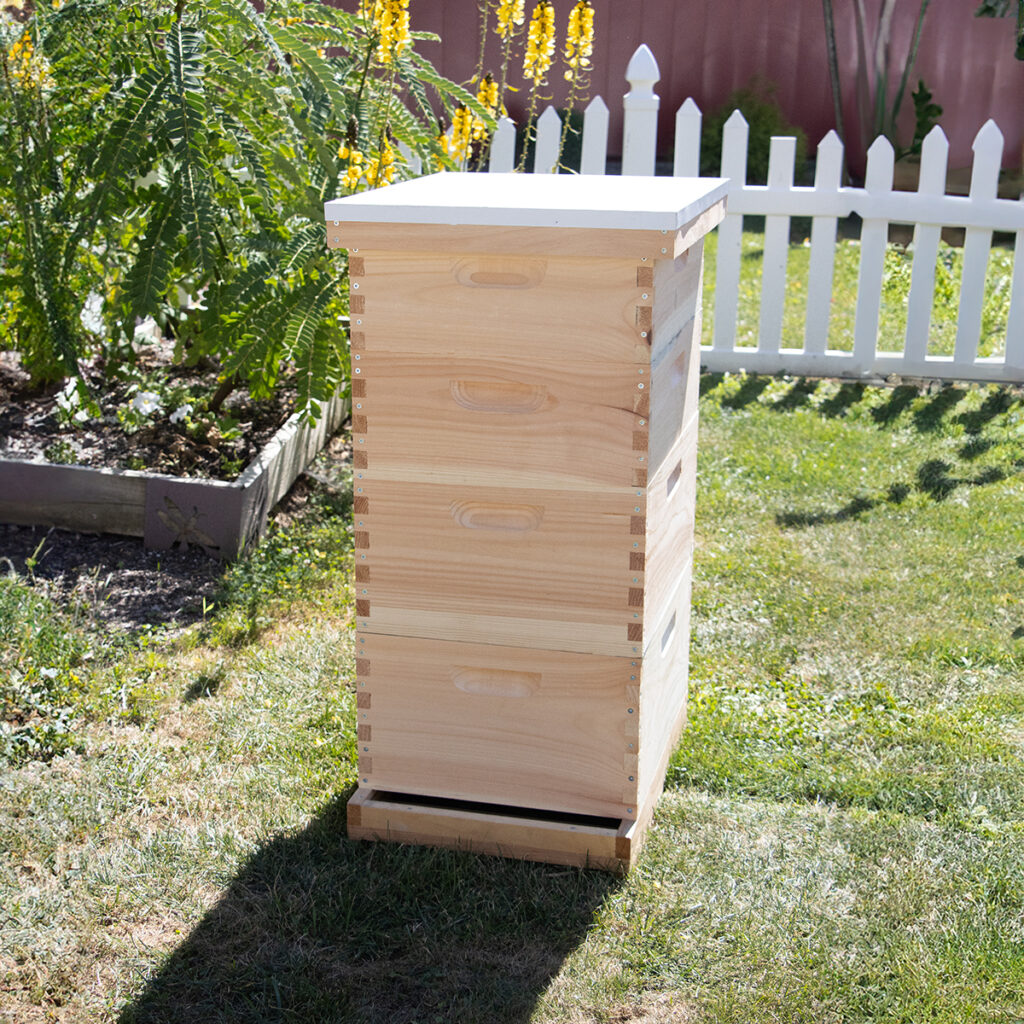
I would like to answer some of those questions I had when I first started. A deep frame is usually around 9-5/8 inches tall, while a medium frame is around 6-5/8 inches tall. Deep frames go into deep boxes and are commonly used for the brood chamber where the queen lays eggs. Medium frames are often used for honey supers, where bees store honey for you to harvest. The brood boxes (or deep boxes) go on the bottom of the hive, and the honey supers (or medium boxes) go on top of the brood boxes. One thing to remember is that deep boxes get heavier than medium boxes once full of honey, which is why most people use mediums for the honey supers. The medium boxes full of honey can weigh as much as 50 pounds. The inner cover sits just on top of the top box and under the hive lid. It keeps the bees from making comb on the lid and helps regulate the temperature of the hive.
Paint the Exterior of Your Hive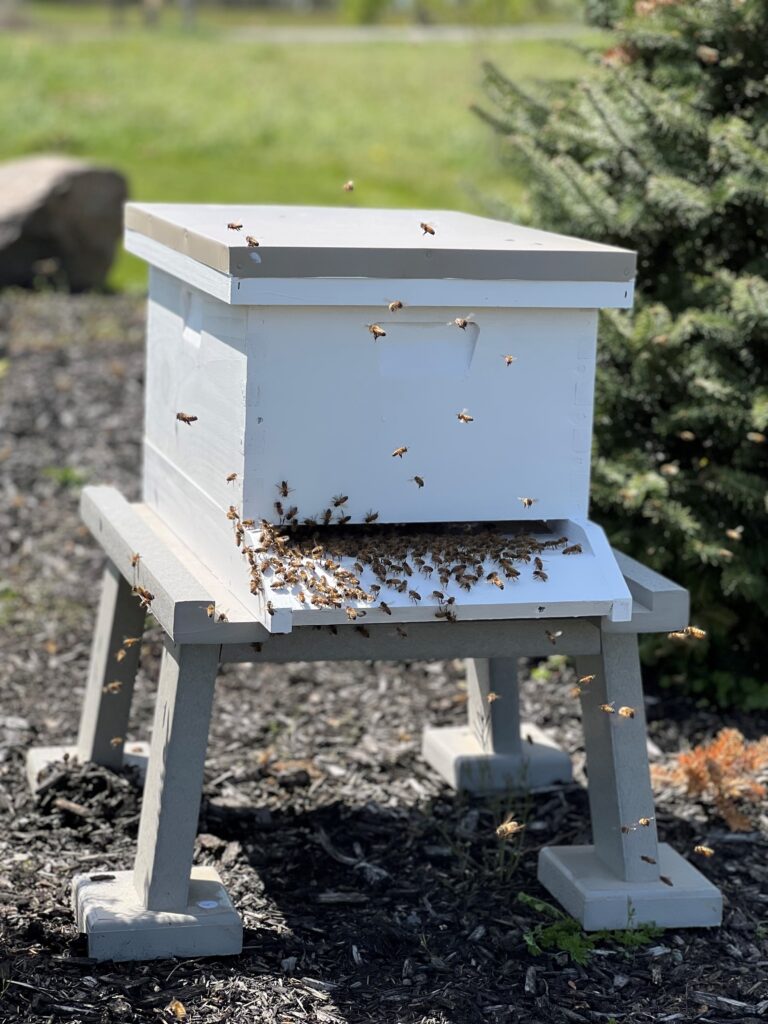
Once you have your complete hive, it needs a layer of protection from the weather, which can be a fun next step. The hives need to be painted with exterior paint. Feel free to get creative with painting your hive. I am in awe of some people’s creativity when painting their hives. I recommend using a white or pastel-colored paint because the heat from the summer sun will intensify the temperature in the hive if it is painted a dark color. Also, never paint the inside of the hive because bees like natural wood with no fumes from the paint. You should paint your hive at least two weeks before your bees arrive so all the fumes are gone. When finding the best place to set your freshly painted beehive, try to find a sunny spot facing east or slightly southeast so the entrance gets the morning sun.
Essential Beekeeping Tools
In preparation for getting into your beehive to do inspections and collect the honey supers, you will need the right tools and protection. A few items you will need to get started are a smoker, a hive tool, a soft-bristled brush, beekeeping gloves, and a suit. Please don’t underestimate the importance of protective gear. I see influencers on social media not wearing any protective gear, and I don’t know how they do it. In my experience, bees find every little space to get to your skin and sting you. I now wear boots and tuck my suit into my boots so the bees don’t sting my ankles. Every year I learn a new way to protect myself. Lehman’s has a great variety of beekeeping tools and protective gear that can be shipped anywhere.
Beekeeping has been a fun and highly rewarding adventure for my family and me. The time is perfect for you to take that leap of faith into beekeeping. If you do, then come next fall, when you taste your first honey harvest, you will be so glad you jumped.


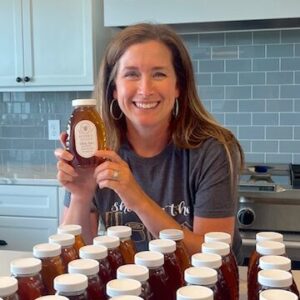

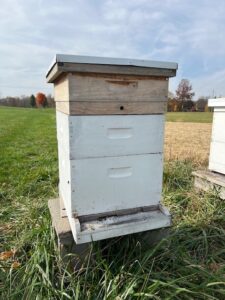



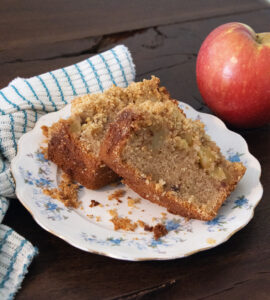







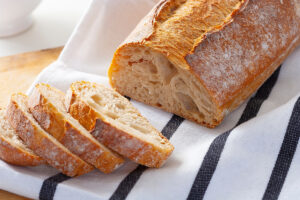






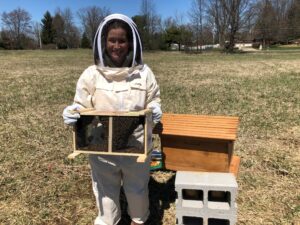

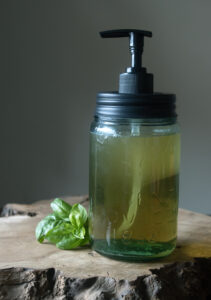



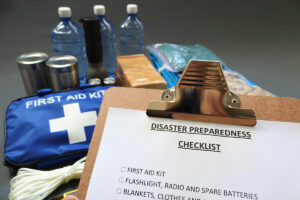

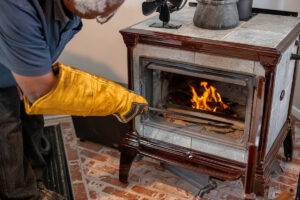



Thank you, very informative. My daughter and I have been interested in keeping bees for some time and this was so very helpful.